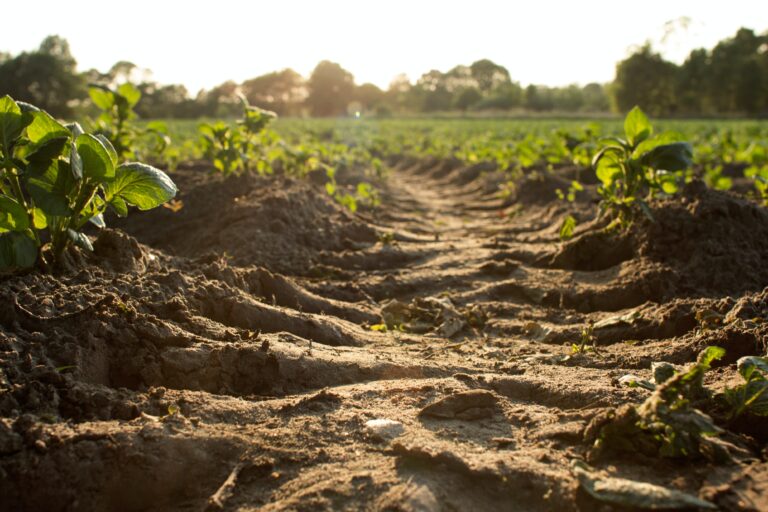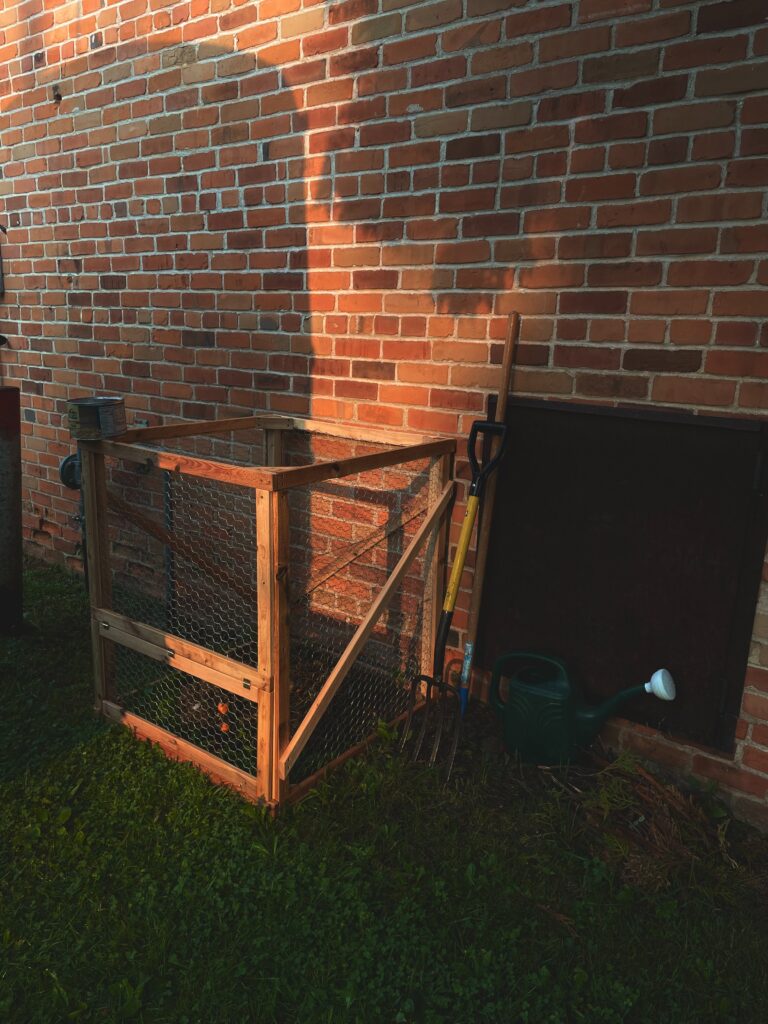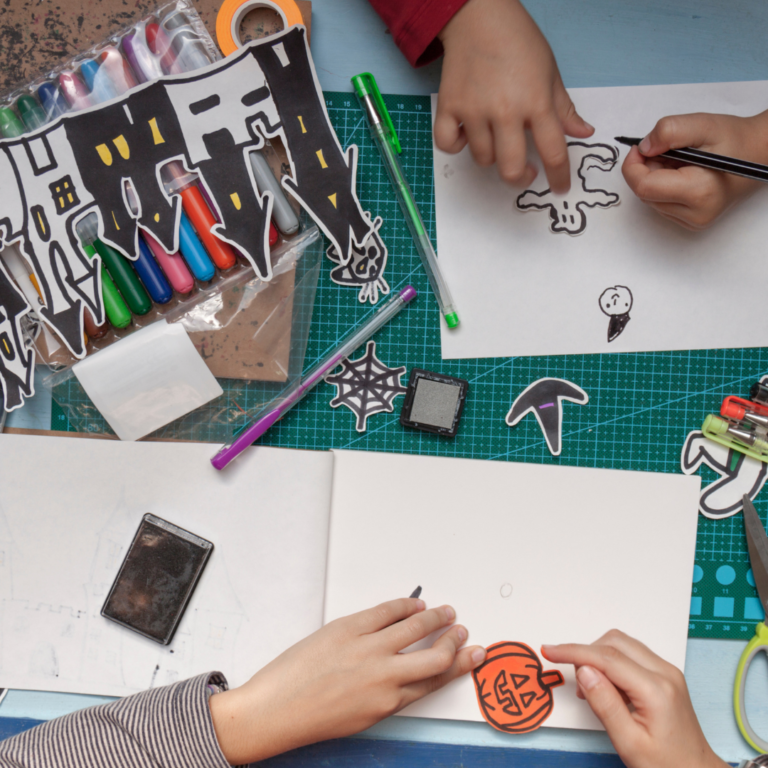How to Store Seeds for Next Year’s Garden
This post may contain affiliate links. Read the full disclosure here.
One of the most satisfying things about gardening is being able to save seeds from your own plants to grow again the following year. Not only will this give you a jump start on the growing season, but it can also help you develop plants that are better adapted to your specific climate and soil conditions.
Saving seeds from plants over several generations is known as heirloom gardening. If you’ve ever seen heirloom vegetables at a farmers market, you know that they come in all sorts of shapes, sizes, and colors.
In order to store your seeds properly, you’ll need to follow a few simple steps. In this article, we’ll discuss how to store seeds for next year’s garden.
Benefits of Saving Heirloom Seeds
There are many benefits to saving heirloom seeds, including:
- Heirloom seeds can be passed down from generation to generation.
- Heirloom plants are often better adapted to local conditions than commercially grown varieties.
- Saving heirloom seeds helps to preserve plant diversity.
- You’ll save money since you won’t have to purchase new seeds every year.
Harvesting Seeds from Your Garden Plants
The first step in storing seeds is to harvest them from your garden plants. This is best done when the seeds are fully mature and dry in the fall.
Harvesting seeds differs depending on the type of plant.
- Tomato seeds are inside the fruit, so you’ll need to scoop them out and allow them to dry on a paper towel or piece of newspaper.
- Pepper seeds are also inside the fruit. Cut the pepper in half and remove the seeds. Place them on a paper towel and allow them to dry.
- Beans and peas have their seeds in pods. Allow the pods to dry on the plant, then open them up and remove the seeds.
- To harvest seed from a flower, wait until the petals have fallen off and the seed head is dry. Gently break open the seed head and remove the seeds.
- Herbs such as basil, dill, and cilantro will also go to seed in the fall. Cut the herb plant back by two-thirds and allow it to regrow. When the plant flowers, cut off the flower head and remove the seeds.
After the seeds have had a chance to dry, you can begin the process of preparing and storing them.
Preparing Seeds For Storage
The next step is to prepare the seeds for storage.
Make sure the seeds are fully dry by placing them on a paper towel or in a colander and allowing them to sit for a few days.
Once they’re dry, you’ll need to remove any debris such as bits of stem or leaves.
You can do this by gently rubbing the seeds between your hands or using a sieve.
Storing Seeds For Planting Next Year
Once the seeds are clean and dry, you can store them in a number of ways. The most important thing is to make sure they are stored in a cool, dark place.
Here are a few ideas for storing your seeds:
- In a sealed glass jar in the refrigerator
- In a sealed plastic bag in the freezer
- Place in an airtight container in a cool, dark cupboard
- Wrapped in foil and stored in a cool, dark place
Additional Tips for Storing Seeds
- Label all of your seed storage containers with the name of the plant and the date the seeds were harvested. This will help you keep track of which seeds are which, and when they need to be planted.
- Check on your stored seeds periodically to make sure they are still dry and free of mold or pests.
- Only harvest seeds from healthy plants to ensure that your stored seeds are of good quality. Over time, your plants will adapt to your specific growing conditions, making them better suited for your climate and soil.
- When in doubt, consult a gardening book or website for specific instructions on storing seeds from your particular plants.
- To test the viability of your seeds, place them on a moist paper towel and roll it up. Place the paper towel in a plastic bag and seal it. After a week, check to see if any of the seeds have germinated. If they have, your seeds are still good.
- Keep your heirloom plants true to type by preventing cross-pollination. This can be done by planting only one variety of a plant in your garden, or at least keeping different varieties spaced out from each other as much as possible.
Seed Swapping
One of the best things about storing seeds is that it gives you the opportunity to trade seeds with other gardeners. This is a great way to get new varieties of plants for your garden, and to help preserve heirloom varieties.
If you’re interested in seed swapping, there are a number of ways to find other gardeners who are also interested. There are seed swapping events held in many communities, or you can look for seed swap groups online.
Seed libraries are another great option for finding and trading seeds. These are organizations that allow members to check out seeds, much like a traditional library. They typically have a wide selection of heirloom and rare seeds available.
Storing seeds from your garden is a great way to get a jump start on the following year’s growing season. By following a few simple steps, you can ensure that your seeds will be viable and ready to plant when the time comes.
Frequently Asked Questions
How long do stored seeds last?
With proper storage, most seeds will remain viable for at least a year. Some seeds, such as those from onions and garlic, can last for several years.
What is the best way to store seeds?
The best way to store seeds is in a cool, dark place. This can be in the refrigerator, freezer, or a cool, dark cupboard.
What type of container should I use to store seeds?
An airtight container is the best option for storing seeds. Glass jars, plastic bags, and foil are all good options.
What if my seeds don’t germinate?
There are a number of reasons why seeds might not germinate. It could be that they were not stored properly, or that they are too old.
Give it a try and you’ll be able to enjoy delicious heirloom fruits and vegetables for years to come!
Photo by Jonathan Kemper on Unsplash
See our Airstream Remodel Reveal here!






